Kling 2.0
Video Model Kling 2.0
Text to Video
Image to Video
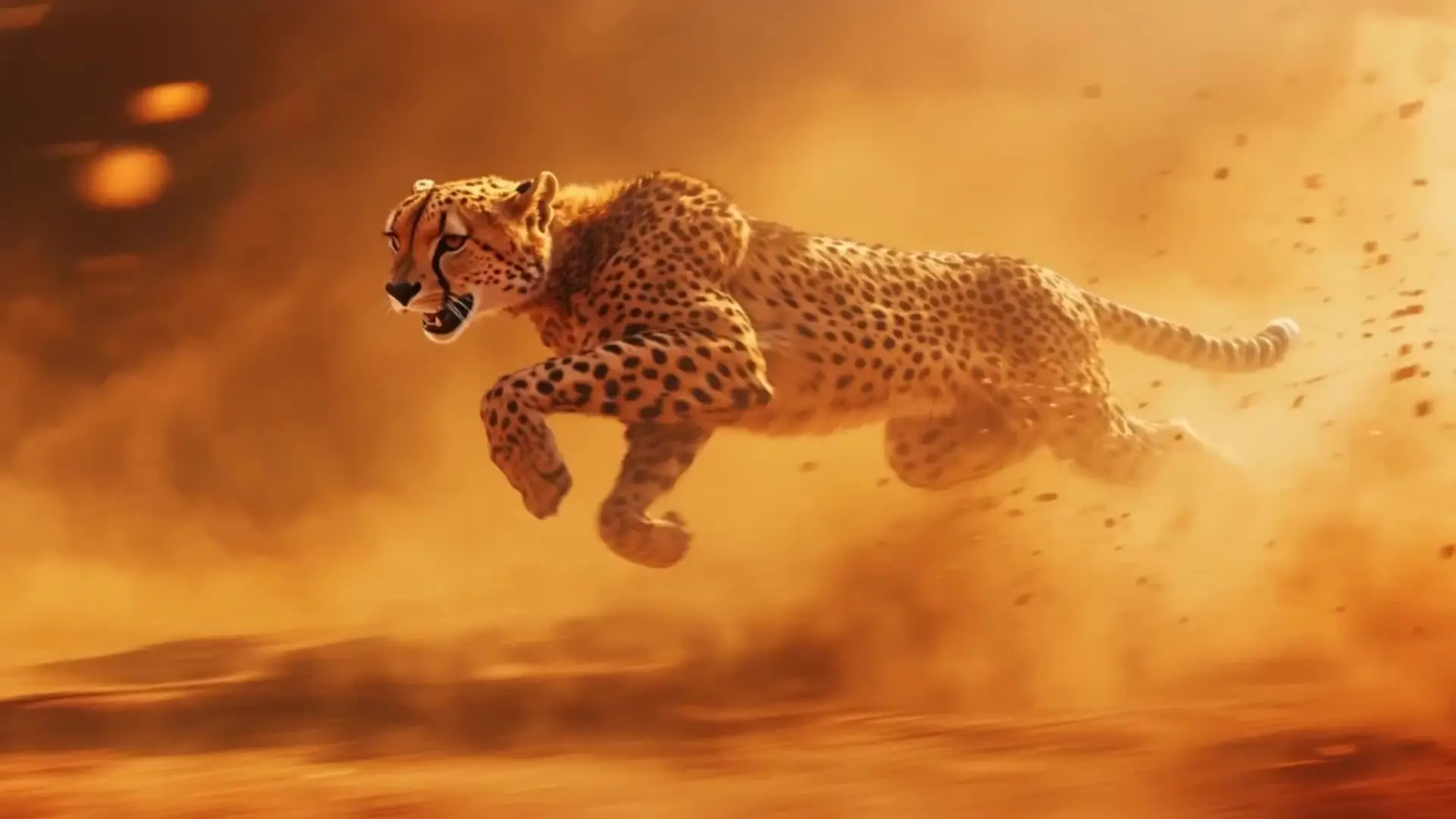
Introduction of Kling 2.0
Kling 2.0, developed by Kuaishou Technology (also known as Kling AI) and released in April 2025, is an advanced AI video generation model. It is designed to improve prompt adherence, motion dynamics, and visual aesthetics. Compared to version 1.6, Kling 2.0 offers better control of actions, more natural movement, and cinematic visuals for both text-to-video and image-to-video generation.
Discover the Key Features of Kling 2.0
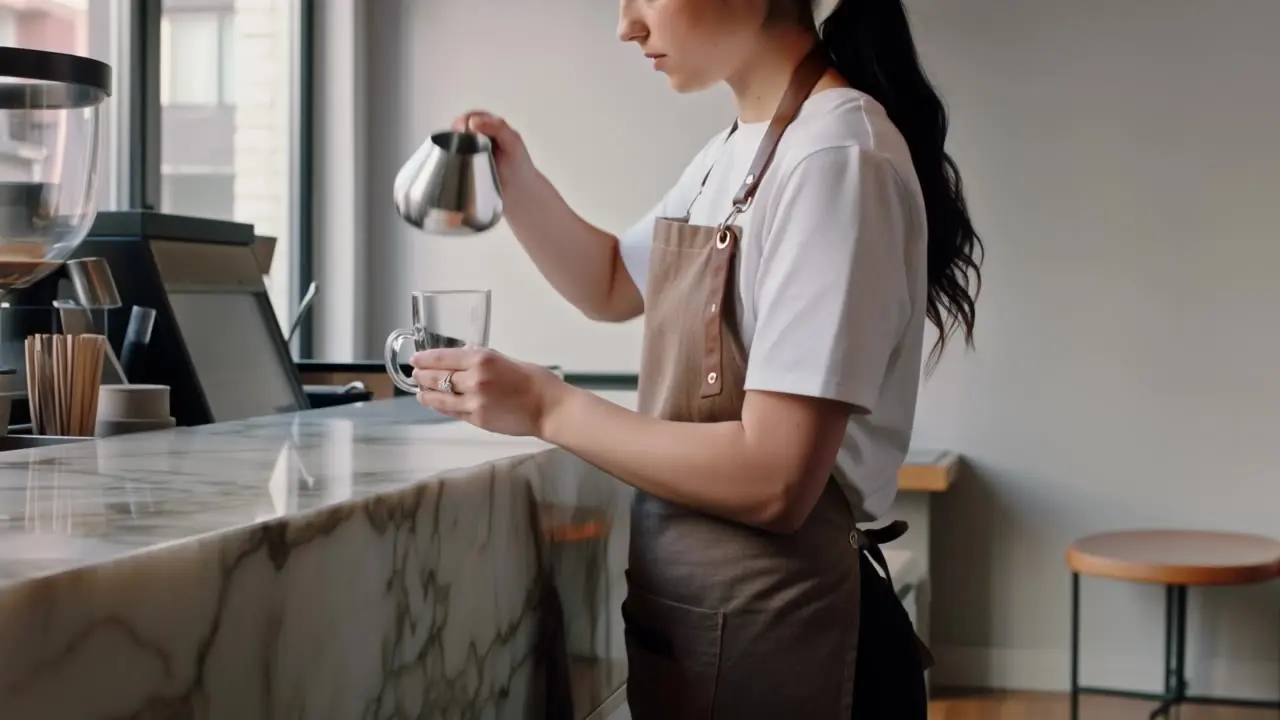
A young barista wearing a brown apron and silver rings is pouring milk into a glass of espresso. The glass sits on a marble countertop in a minimalist coffee shop. The camera is locked-down, focused on the swirling motion as the milk blends with the coffee. Ambient morning light comes through the large window beside the counter, creating soft highlights. The atmosphere is calm, modern, and intimate.
Enhanced Prompt Adherence with Kling 2.0
Kling 2.0 significantly elevates text-to-video generation through greatly improved prompt adherence. Kling 2.0 demonstrates a deeper semantic understanding, accurately interpreting complex prompts involving specific actions, character expressions, and intricate camera movements. Kling 2.0 now supports sequential actions within a single prompt, offering creators enhanced directorial control. This leads to more predictable, reliable outputs that closely match user intent, reducing trial-and-error. Experience precise creative translation with Kling 2.0.
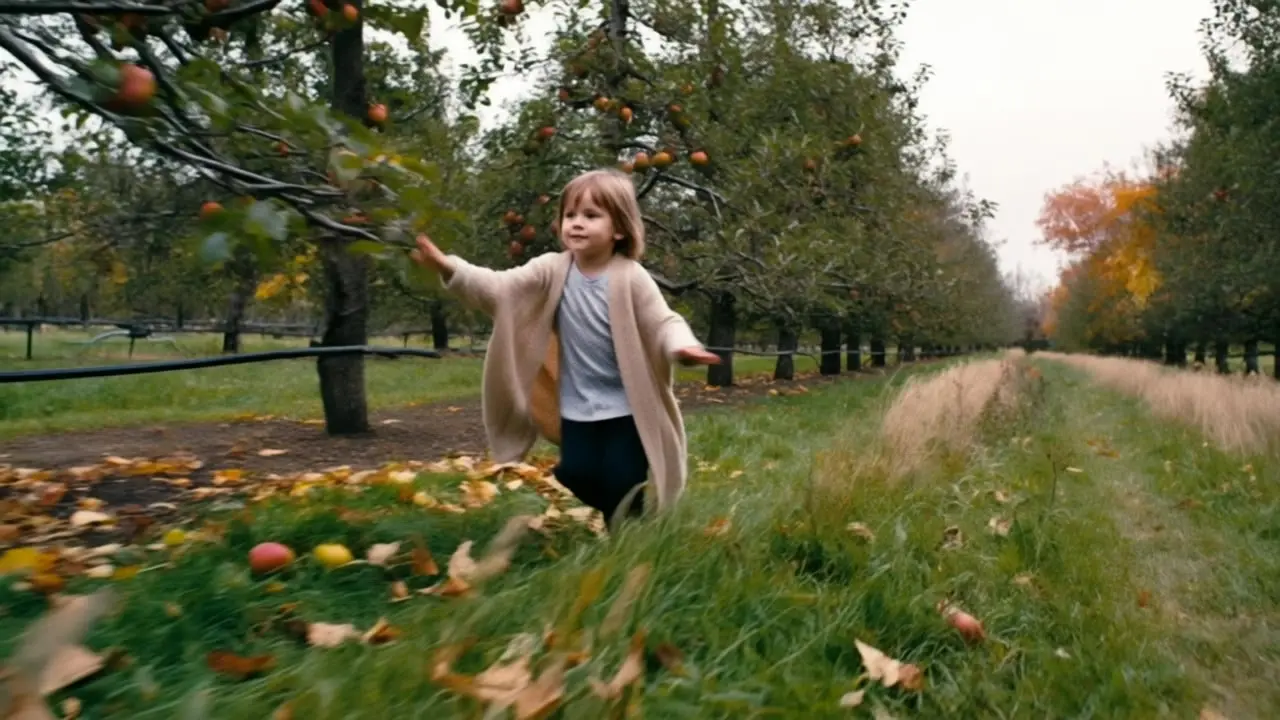
In an orchard during early autumn, a child runs through rows of apple trees, brushing their hands along the leaves. The camera tracks laterally at low height, capturing the motion of swaying branches, shifting grass, and the child's loose cardigan fluttering in the wind. Fallen leaves are kicked up naturally with each step. The lighting is overcast and soft, creating a calm, low-saturation environment of pale greens, muted browns, and soft creams.
Superior Dynamics and Physics Simulation in Kling 2.0
Experience remarkably realistic motion and physics with Kling 2.0. Leveraging advanced technologies like a 3D Spatiotemporal Joint Attention mechanism, Kling 2.0 excels at simulating complex, large-scale movements that adhere to real-world physical laws like gravity and momentum. This results in fluid, natural-looking animations, from subtle expressions to dynamic action sequences. Kling 2.0 overcomes common AI video limitations, delivering believable interactions and movements praised by creators for their organic feel.
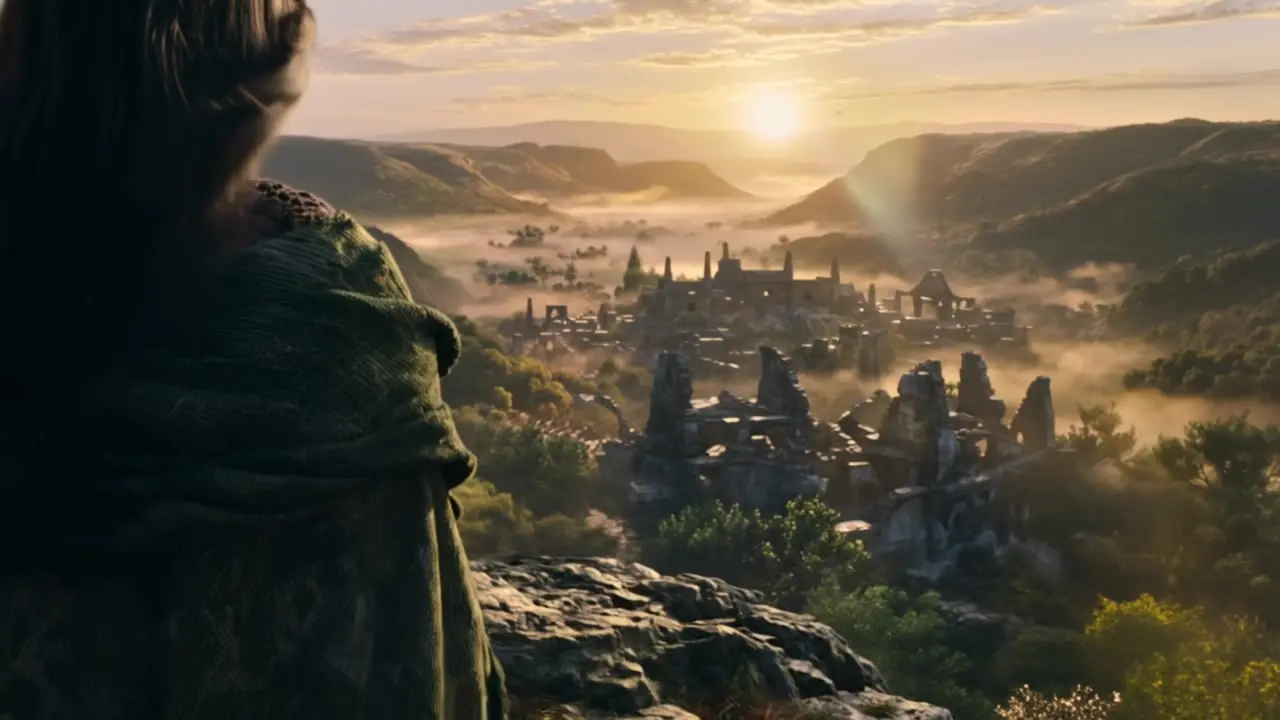
The video starts with a cinematic over-the-shoulder shot of a young woman with long black hair, wearing a weathered dark green cloak, standing still at the edge of a cliff at sunrise. Her hair and cloak gently move in the wind. The camera slowly zooms out and tilts upward, revealing a vast valley filled with morning mist and ruins of a fallen city in the distance. Golden sunlight cuts through scattered clouds, casting soft light across the landscape. Dust particles float in the air, and a faint lens flare crosses the frame. The woman continues to look out over the land, unmoving but calm, as birds begin to fly through the sky far in the distance.
Advanced Visual Aesthetics Achieved by Kling 2.0
Kling 2.0 delivers a major upgrade in visual aesthetics, producing videos with cinematic quality, rich detail, and professional polish up to 1080p resolution. Whether generating from text or image, Kling 2.0 achieves impressive visual fidelity and style consistency, allowing for greater control over the final look. Enhanced facial expression capabilities bring characters to life with professional-level acting. Powered alongside Kolors 2.0, Kling 2.0 sets a high standard for visually stunning and appealing AI video generation.
Related Playgrounds
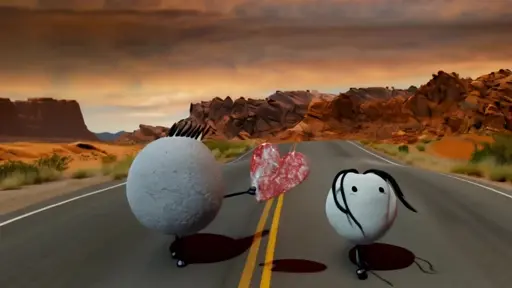







Frequently Asked Questions
What is Kling 2.0?
Kling 2.0 is the latest video generation model by Kling AI, released on April 15, 2025, as part of their Phase 2.0 update. It is a state-of-the-art AI tool designed to create high-quality videos from text or images, marking a significant advancement in generative AI technology.
What are the key features of Kling 2.0's video generation?
Kling 2.0 introduces several key features for video generation, including:
- Improved Prompt Adherence: Kling 2.0 better understands and responds to user prompts, particularly for actions, expressions, and camera movements, and supports complex prompts with sequential actions, allowing users to act as directors.
- Enhanced Dynamics: It offers a wider range of motion with fluid, natural movements and preserves details during complex actions, ensuring an immersive viewing experience.
- Superior Visual Aesthetics: Kling 2.0 delivers cinematic-quality visuals with dramatic expressions, rich details, and consistent styles for both Text-to-Video and Image-to-Video generation, as seen in attachment comparisons.
How does Kling 2.0 improve on previous versions like Kling 1.6?
Kling 2.0 Master significantly outperforms Kling 1.6. While Kling 1.6 often produced static stills, Kling 2.0 is capable of generating full video sequences with improved motion, lighting transitions, and scene complexity. It also offers enhanced prompt adherence, fluid movement dynamics, and refined visual aesthetics, making it more versatile for complex video generation.
What tools or models were released with Kling 2.0?
As part of Phase 2.0, Kling AI also released:
- KLING 2.0 Master: A video generation model.
- KOLORS 2.0: An advanced image generation model.
- Multi-Elements Editor: A tool for editing multiple elements in videos or images.
- Image Editing and Restyle Features: Tools for modifying and enhancing visual content, complementing Kling 2.0's video generation.
What types of scenes can Kling 2.0 generate?
Kling 2.0 can generate a variety of scenes, including:
- Complex emotional transitions, like a man shifting from laughter to anger with realistic expressions.
- Dynamic lighting and time transitions, such as a park scene from morning to twilight.
- Action-packed sequences, like a dinosaur charging with motion blur or skateboarding with continuous movement.
- Artistic styles, such as oil paintings of children on a beach, maintaining visual consistency.
Does Kling 2.0 support both Text-to-Video and Image-to-Video generation?
Yes, Kling 2.0 supports both Text-to-Video and Image-to-Video generation with improved style consistency. Users can input text prompts or use existing images, with Kling 2.0 ensuring the output matches the desired style and motion, enhancing creative flexibility.
How does Kling 2.0 handle motion and camera movements?
Kling 2.0 excels in motion handling, offering:
- Fluid and natural movements, with characters and objects moving more realistically than in Kling 1.6.
- Support for various camera motions, such as following a bee through flowers or capturing a charging dinosaur.
- Sequential actions, allowing users to specify complex sequences that Kling 2.0 accurately reflects in the generated videos—an improvement over earlier versions’ limitations.
Is Kling 2.0 suitable for professional use?
Yes, Kling 2.0 is designed for professional-level video creation, offering:
- High-quality outputs with cinematic visuals, dramatic expressions, and rich details, ideal for filmmakers and content creators.
- Advanced editing tools like the Multi-Elements Editor and Image Restyle, providing fine-tuning options.
